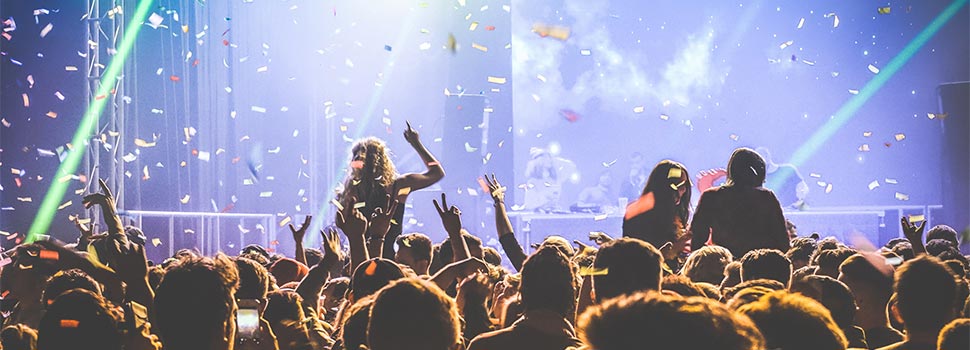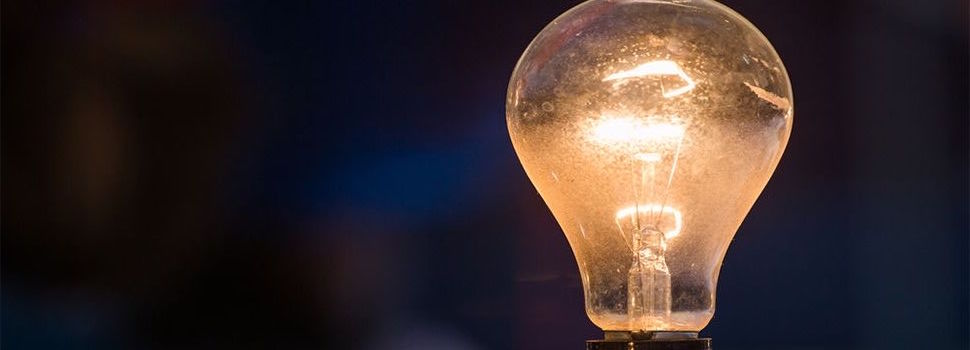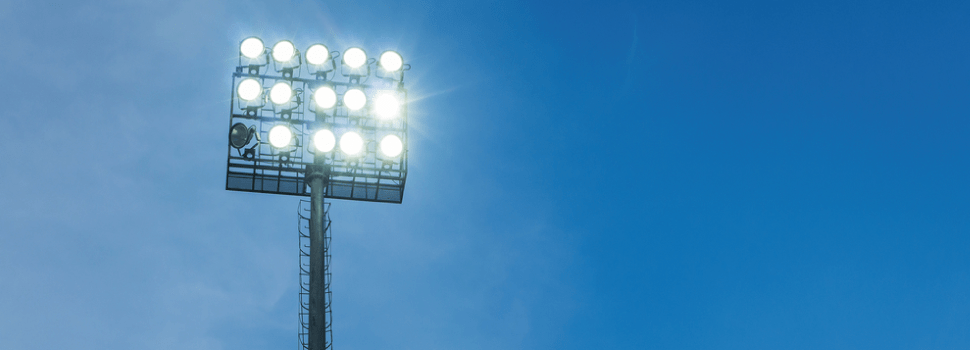
What’s the difference between incandescent and LED lighting?
While incandescent lighting has long been the go-to choice for the commercial and entertainment industries, in recent years LED lighting is taking over that mantle as the most popular choice for various events, from stage shows to musical concerts – often powered by our electrical distribution equipment right here at Rubber Box.
This is mostly because advancements in the technology have made LED lights more affordable, effective and economical than they used to be. That’s part of the reason why we’re still occasionally asked: what’s the difference between LED and incandescent lighting? Well, while we’re not lighting specialists ourselves here at Rubber Box, we’re able to provide a few general pointers that should give you a rough idea.
Incandescent
In many ways, incandescent bulbs are effectively the same ones that you’ll have lighting your home in the evenings. They’re a widely used conventional light source, and decades of usage means incandescent lighting is available in a broad range of sizes and voltages. When incandescent bulbs are used at full brightness, they produce a natural full-spectrum white light, and when dimmed they produce an ‘amber shift’. This is highly appealing for many audiences and event attendees, which is part of the reason incandescent bulbs are often used as an effect light in modern fashion shows, and have a long history of being used as stage lights.

This same long history means that the lighting fixture range is massive, so if you choose incandescent lighting for your event, you’ll have a wide range of choice. However, it’s worth bearing in mind that the lifespan of the bulbs is relatively short, so they present a high running cost.
The short lifespan is largely due to how incandescent bulbs work. Essentially, they give off heat and light when electricity passes through a tungsten filament inside, which is contained either in a mixture of nitrogen gas, or in a vacuum. However, the intense heat eventually burns out the filament, which necessitates replacement of the bulb.
However, they tend to last between 700 to 1000 hours before this happens, and can be used with a dimmer. The luminous efficiency of an incandescent lamp is about 15 lumens per watt, but they’re still relatively power-intensive compared to other forms of lighting. This is one reason why they’re being gradually replaced by LEDs.
Light emitting diodes (LEDs)
LEDs differ from incandescent bulbs in that they’re electrical components, which emit light through the movement of electrons in a semiconductor device. As we’ve touched upon above, they’re seeing more and more widespread use. Around 2000, their primary use was only in very small and specialised applications, such as an indicator light on your stereo or a standby light on your TV. Now however, they’re widely used in a huge range of applications, such as stage, architectural, and special effect lighting.
They’ve had an interesting evolution over the past two decades or so. Many LEDs work on what’s called an additive basis, in which there are at least three light sources within one luminaire (completed electric light unit). The colours of these light sources – red, green and blue – are part of why these types of luminaries are often referred to as RGBs. When mixed at equal levels, these colours combine to create a perfect, true white LED.

This technology means that they’re more flexible and versatile in many ways than incandescent lighting, and can produce a variety of colours without the use of colour filters – including intense, saturated colours like reds, greens, turquoises and pinks.
Perhaps one of their most valuable traits, though is that they’re incredibly power efficient. Since they lack a filament, they give off next to no heat. In a nutshell, that means they produce more light than incandescent lamps, and save energy while they do it. For all intents and purposes, some people in the industry regard LED lamp life as virtually infinite. That makes they a very economical and cost-effective resources, even if they do incur a higher initial cost.
So, which is best for your event? Well, we’ll leave that up to you, but we will say that LED lights are becoming more and more popular options for Christmas lights! Whatever you choose though, you can always count on our power distros right here at Rubber Box to provide the energy to your event. We’ve got a huge range for you to choose from, so if you know what you’re looking for, it’ll never be too hard to find. If you need a word of advice though, or if you’ve got any questions, you can always give us a call here on 01282 677 910 – we’re always happy to help!




